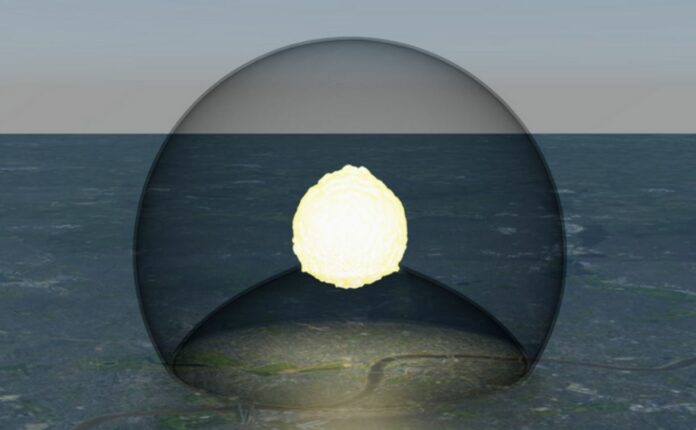Surviving the Unimaginable: A New Study Suggests Strong Buildings Are Not Enough For Surviving A Nuclear Explosion
Experts shed light on the devastating effects of a nuclear explosion and provide crucial information on the best places to take shelter in order to avoid the dangerous blast wave.
According to experts, “people should stay away from these locations and immediately take shelter. Even in the front room facing the explosion, one can be safe from the high airspeeds if positioned….”
According to experts, there is no safe location when a nuclear bomb is detonated. Anything too close to the explosion will be instantly vaporized, and radiation can cause severe health issues even from a distance.
Another danger is the blast wave generated by the explosion, which can produce airspeeds strong enough to lift people and cause severe injury.
In the journal Physics of Fluids by AIP Publishing, researchers from the University of Nicosia modeled an atomic bomb explosion from a typical intercontinental ballistic missile and the resulting blast wave to study the effects on people taking shelter indoors.
In the moderate damage zone, the blast wave is powerful enough to cause the collapse of some buildings and injury to individuals who are outdoors.
On the other hand, buildings made of sturdy materials such as concrete can withstand the blast wave.
The research team employed advanced computer simulations to analyze how the nuclear blast wave travels through a standing structure.
They modeled a structure with rooms, windows, doorways, and corridors to calculate the speed of the air following the blast wave and identify the most and least safe locations.
“Before our study, the danger to people inside a concrete-reinforced building that withstands the blast wave was unclear,” adds author Dimitris Drikakis. “Our study shows that high airspeeds remain a considerable hazard and can still result in severe injuries or even fatalities.”
The study found that simply being in a strong building is not enough to ensure safety. The confined spaces can amplify airspeed, and the reflections of the blast wave off walls and corners can create force equivalent to 18 times a human’s body weight. It’s essential to be mindful of these factors when seeking shelter during a nuclear explosion.
“The most dangerous critical indoor locations to avoid are the windows, the corridors, and the doors,” says author Ioannis Kokkinakis. “People should stay away from these locations and immediately take shelter. Even in the front room facing the explosion, one can be safe from the high airspeeds if positioned at the corners of the wall facing the blast.”
The authors say that there are only a few seconds between the explosion and the arrival of the blast wave, so getting to a safe place quickly is very important.
“Additionally, there will be increased radiation levels, unsafe buildings, damaged power and gas lines, and fires,” adds Drikakis. “People should be concerned about all the above and seek immediate emergency assistance.”
The authors of the study hope that their findings will never have to be put into practice, but they acknowledge that understanding the impact of a nuclear explosion can assist in preventing injuries and inform rescue operations.
Source: 10.1063/5.0132565
Image Credit: I. Kokkinakis and D. Drikakis, University of Nicosia, Cyprus
